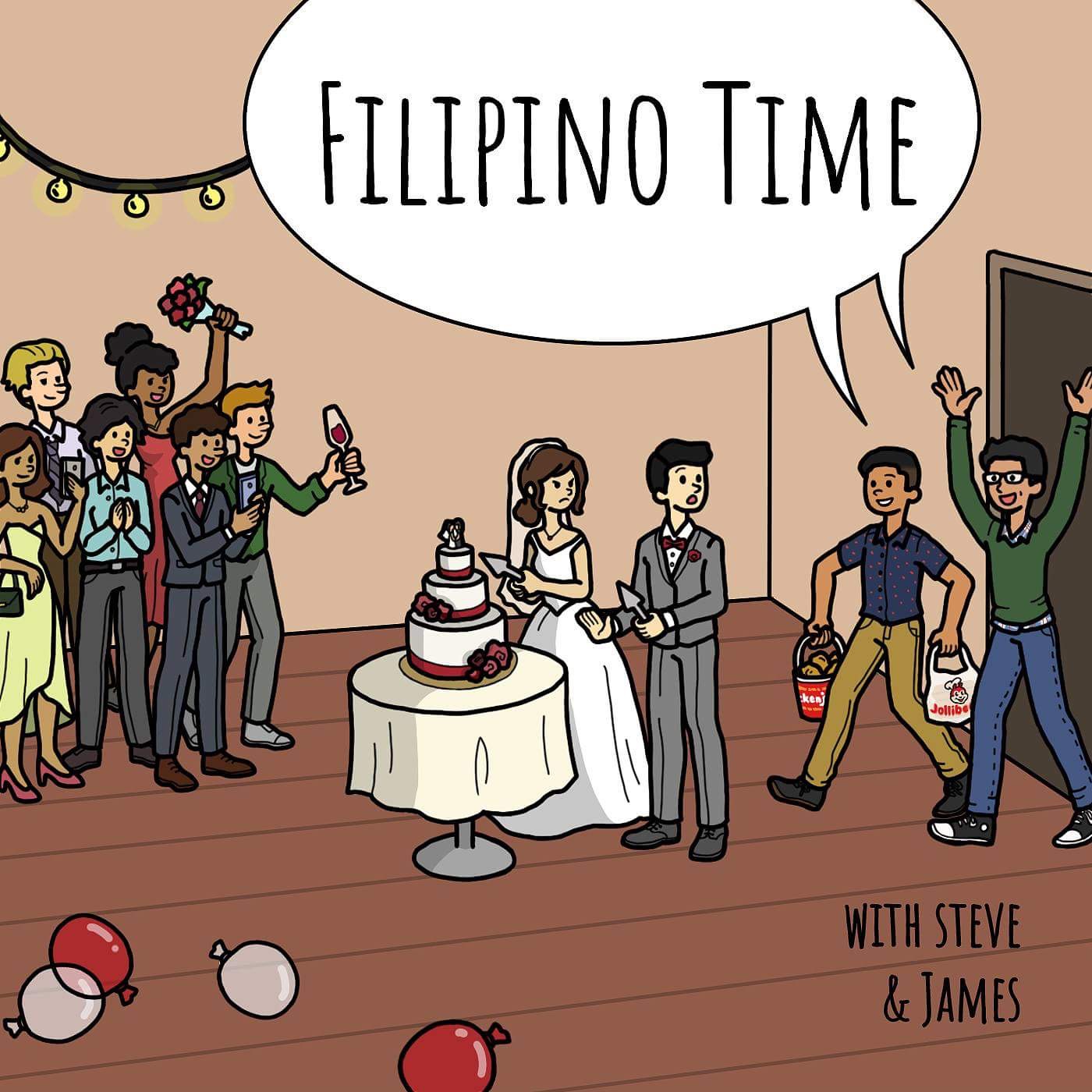https://encrypted-tbn0.gstatic.com/images?q=tbn%3AANd9GcQegyUFVmBxGqDQmn-jCLdBNFilulpmup8ofTdvku3iZU5_2w6s
As the Philippines slowly declined after the Americans left,
came the Japanese to inflict colonialism to the country and succeeded on
December 1941, during the Second World War. Like any other colonizer, the
Japanese were harsh and brutal to the inhabitants of the Philippines: women,
children and men alike; no Filipino and American escaped the brutality brought
upon by the Japanese. Throughout their “stay”, they have established different internment
camps throughout the country wherein they focus on their training and keep
watch over prisoners; out of these camps there is one particular camp that
would be discussed in this blog and that is the one statured in Los Banos.
According to Taylor (2018), the living conditions in the
camp were tolerable for the first few years up until the war was moving against
the Japanese did the living conditions of the internees start to turn up to the
worst. They were food deprived and brutality escalated significantly. Lieutenant
Sadaaki Konishi was the second-in-command of the said camp and was known to be
the greatest white-race hater in the army. Through the Filipino Guerillas,
information led out of the camp to the American soldiers of the conditions
experienced by the internees of the camp. There was a rising concern that the
Japanese would simply kill all the internees given the way the internees were
being treated. On February 12, 1945, General Douglas MacArthur ordered raid on
the camp with the objective to rescue the prisoners.
https://encrypted-tbn0.gstatic.com/images?q=tbn%3AANd9GcT9nrgG6NkaDVIUFy8jW6MHleWxqRZ7j52rcTSa3OAvqVwvbmBI
People inside the camp knew that the Americans had landed in
Luzon and decided to take a risk. Three volunteers decided to escape the camp
in order to bring information to their rescuers. It was definitely a risky move
since escape attempts prior to this one led to tragic ends because if detected,
the Japanese would inflict heavy violence towards not only on the escapee but
also to those who did not try to escape at all. After travelling deep in the
jungle, they were able to come in contact with Filipino Guerillas who led them
towards the American soldiers. Information was delivered successfully to the
forces with the most crucial information; the Japanese 200-man garrison practice
calisthenics at 6:45am with no armory or any kind of protection, only
loincloths.
https://encrypted-tbn0.gstatic.com/images?q=tbn%3AANd9GcRfz2FGp3UyP21olCznnMIyiI9_MabjFj6Xp6OXexkAyyZvQHvY
Just before 7am, the attack commenced. Prisoners saw nine
American airplanes flying towards them from the east with paratroopers jumping
out from them. At the same moment, 75 Guerillas aided in the attack and
targeted the guard posts. Meanwhile, amphibious vehicles travelled through
Laguna de Bay and inflicted attacks close to the camp. It did not take long for
the guards to flee the scene or be overwhelmed by the American forces. It was hard
at first to calm the prisoners who were so filled with joy upon the sight of
their rescuers. Eventually, the internees were subdued and were loaded into the
amphibious vehicles since time was of the essence on that particular rescue
mission. There were conflicting reports on the number of casualties, some say
that no prisoner or a member of the rescue force was killed or wounded but some
say around two American soldier and three Filipinos were killed with some
wounded.
In this raid, the Guerillas and townsfolk played small yet
crucial roles in the success of the mission towards the rescuing of Filipinoand American civilians. They were the ones who provided vital information which
led to the success of the operation. Furthermore, the Guerillas provided
additional military support in the raid itself. On my own personal view and
take on the raid, I believe that it was indeed a great win for the Americans to
be able to liberate different internment camps including the one in Los Banos.
With that said, I still believe that the Filipinos played a vital and crucial
role in the success of the Americans since they were the ones who provided the information that led to the success of the raid. Therefore, it must be both the win of Americans and Filipinos.
Taylor, R. (2018). "Raid on Los Banos Internment Camp". Retrieved from https://owlcation.com/humanities/Raid-on-Los-Baos-Internment-Camp









